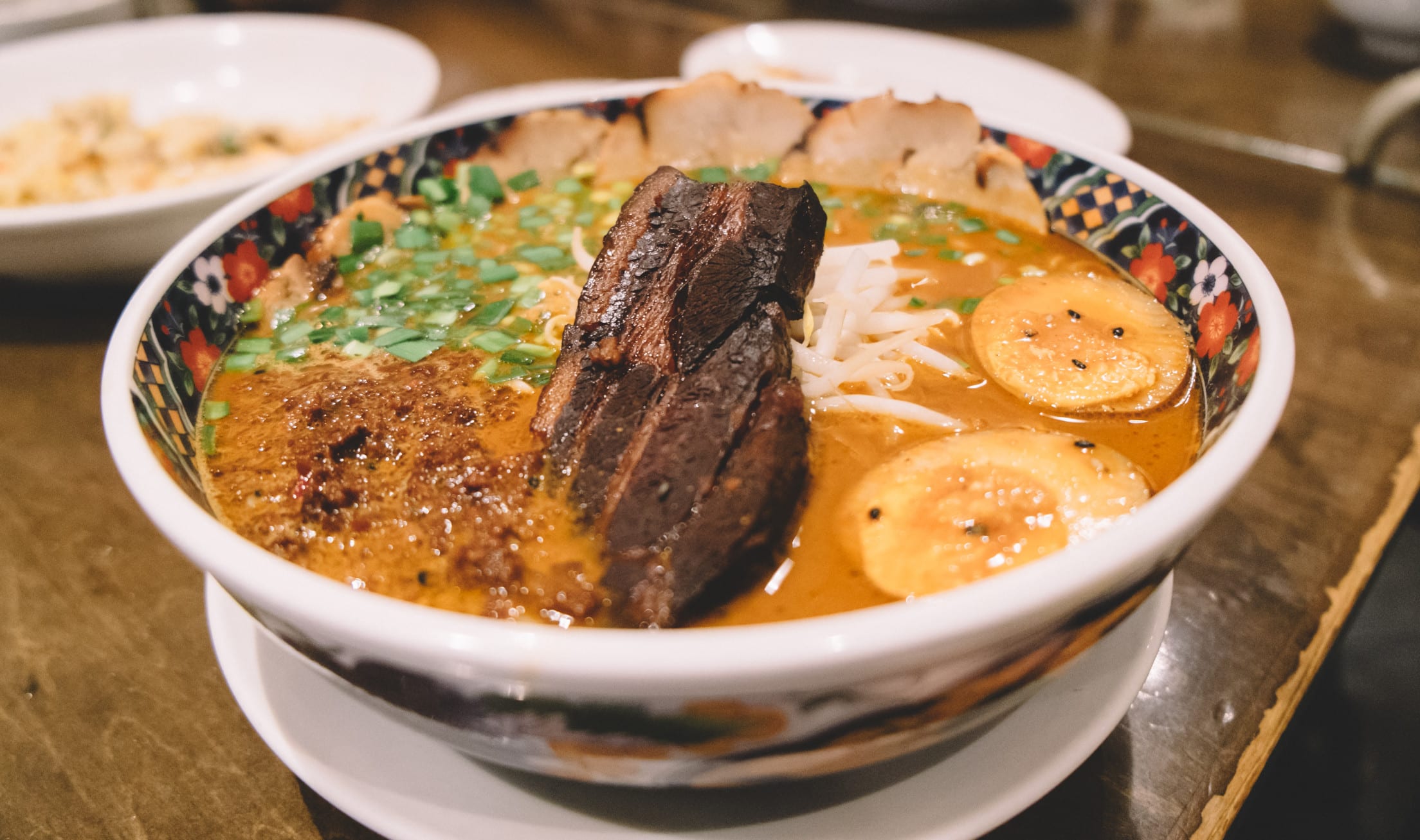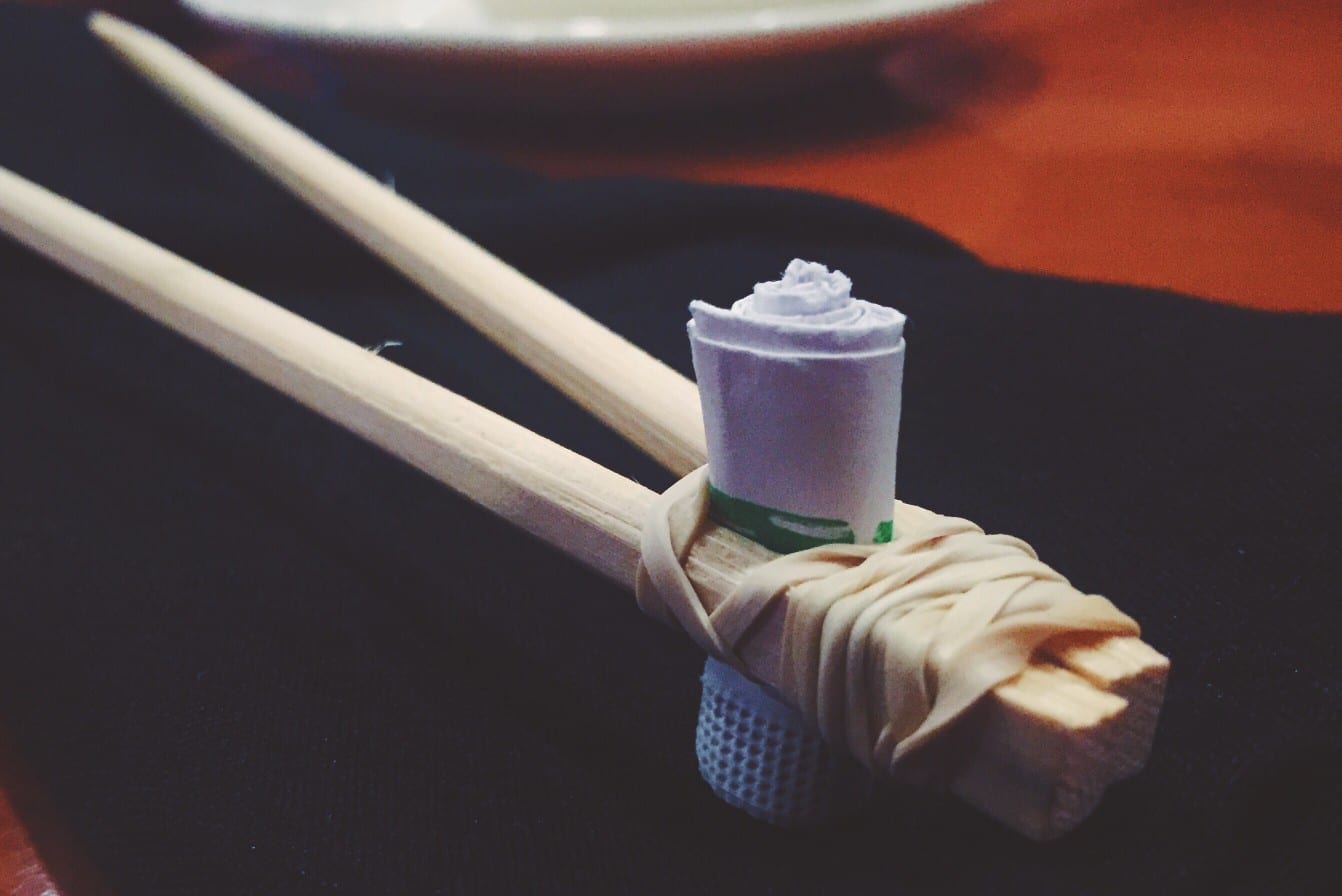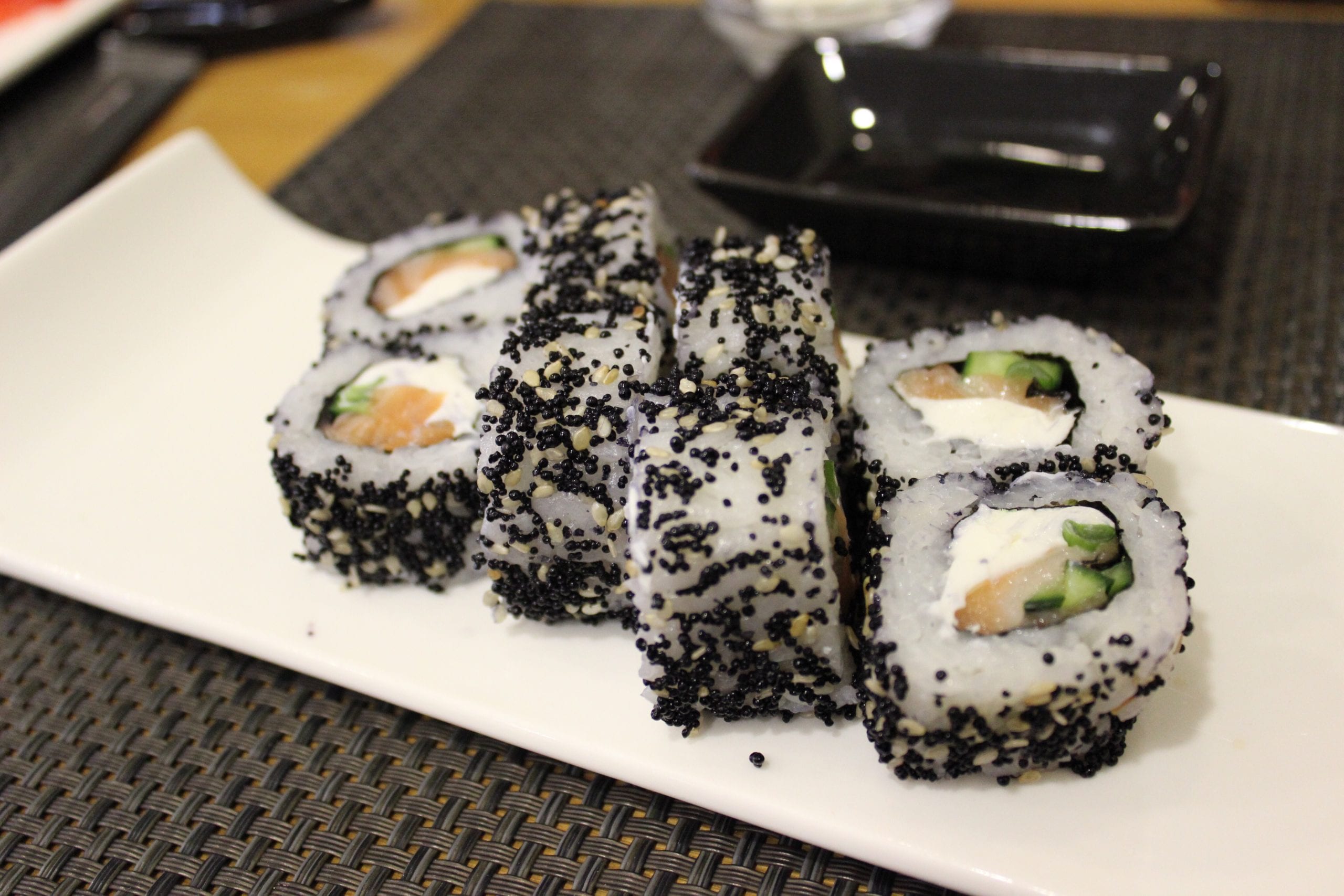No products in the cart.
March 1
Learn Japanese Through Food
0 comments
All that kanji practice works up quite the appetite doesn't it? If you're anything like us, you're probably semi-obsessed with Japanese food. Who doesn't love the crispy, succulent first bite of a freshly fried pork cutlet slathered in fruity barbecue sauce? Or how about the rich, salty broth of a hot bowl of ramen? Maybe it's the salty-sweet dipping sauce of shabu-shabu, with its crisp vegetables and tender beef that first excited your palate. Maybe it's the way a mouthful of fresh sashimi, lightly teased with a dark, smoky tamari soy sauce transports you to the bountiful coasts of Hokkaido and the Japan Sea.
Does great food turn you on? We're plenty guilty of pouring hours into our food porn habit. With its deep cultural roots, and its surprising history of international influence and cross-pollination, it's no wonder that Japanese food and its staple ingredients have put Japan on the map. With entire series on Netflix dedicated to it, Japanese food is one of the most popular international cuisines worldwide. With such a unique array of flavors, including "umami", an elemental flavor profile all its own (like seriously, who else can claim this???), it's no wonder why the Japanese pantry is so loved.

You'd be hard pressed to find a city center in the western world, or hell – even a dingy strip mall, without its own variation of an all-in-one sushi-ramen-teriyaki washoku-ya. These joints are filled with hungry patrons wrapping rubber bands around chop sticks and awkwardly shoving California rolls into their faces. Yet sadly, most of these places just don't get it quite... right. That soggy tempura roll you scarfed down last night? That's not real Japanese food, and you know it. In fact, unless you live in a big metropolitan center like New York City, true authentic Japanese food, or "和食" (wa-shoku) is hard to come by.

But you, you're savvy. You knew that already, and you share our distaste for lack luster rice bowls and mushy shrimp tempura pieces floating in that udon you ordered. Maybe you're even a halfway decent home cook, and you took matters into your own hands. Remember that time you MacGyvered together the best okonomiyaki you could manage? Sure, the center was a little undercooked, the cabbage was mushy, and the crust was a bit charred – but you did your best with the recipe you found online. You know, the one from the food blog with the word "chopsticks" used unironically in its name on the top page of Pinterest. (Heavy SIGH).

Good luck finding a decent Japanese cookbook in English. Sure, in today's global market there are a few floating around on Amazon. But save for the rare gem, or a few well written blogs, they certainly don't offer much insight into how Japan's culinary culture has evolved in the restaurants, izakaya, and households all over the country. To the average western food writer, that's all forbidden knowledge hidden behind the thick wall of the Japanese language.

Once in a while, you might stumble on a Japanese cookbook that's been localized in English for the western market. And yeah, sure, those are better. At least they're coming straight from the source. But if we're being honest, most of the recipes and techniques written in them scarcely go beyond the basics, and yet simultaneously assume that the reader already has a background in the often obscure ingredients used in their recipes. Not to mention easy access to a Japanese supermarket... I mean, what the hell is a "konbu", where do I get one, and how am I supposed to know how to rehydrate it?
The simple answer of course is "move to Japan, right now, where every street corner has its own regional gastropub, and go ham!" But that's easier said than done, especially in the middle of a global pandemic. (Although, we can help you with that if that's the route you choose). But who says you can't go on a culinary journey right from the comfort of your own kitchen, and double down on your quest for Japanese fluency while you do it?

The inconvenient truth is that in order to really understand Japanese cuisine, you have to decipher its secrets from the source language it was written in, by the locals who have perfected it. There's a lot of nuance that gets lost in translation when Japanese recipes are localized for the west. If you know where to look, the more obscure ingredients that really make for an authentic culinary experience can be found. But learning how to use them is another story altogether. Yet, the knowledge is out there if you know what to look for, and where to look.
Lucky for you, oh hungry student of Japanese language and culture, gobbling kanji faster than bowls of matcha ice cream! We have you covered.
In our new series on Japanese food and cooking, we're not only going to give you a breakdown of the Japanese kitchen, but also teach you how to decode even the most cryptic of Japanese recipes. By the end of it, you'll have a working vocabulary that'll make even the gruffest of sushi chefs blush!
We'll explain all about the core ingredients found in the Japanese kitchen, what their flavor profiles are, and what gastric secrets can be unlocked by combining them in the right way. We'll teach you all sorts of Japanese cooking words, from verbs to nouns, to mouth-watering adjectives, and maybe even a few onomatopoeia to keep things fresh. Using this background knowledge, we'll then show you how to easily digest recipes written in Japanese, and how to find quality sources on the web. Finally, we'll throw in a few of our own tried and true Japanese recipes, in both their classic forms, as well as a few spicy, tangy, garlicy variants whispered only in hushed tones among Japanese mamas during their afternoon joshi-kai.
Hungry yet? Well then, いただきましょう!

Did you like this article? Please share it around!
Tags
food
Never miss a post – let us slide into your inbox with hot articles.
Session expired
Please log in again. The login page will open in a new tab. After logging in you can close it and return to this page.